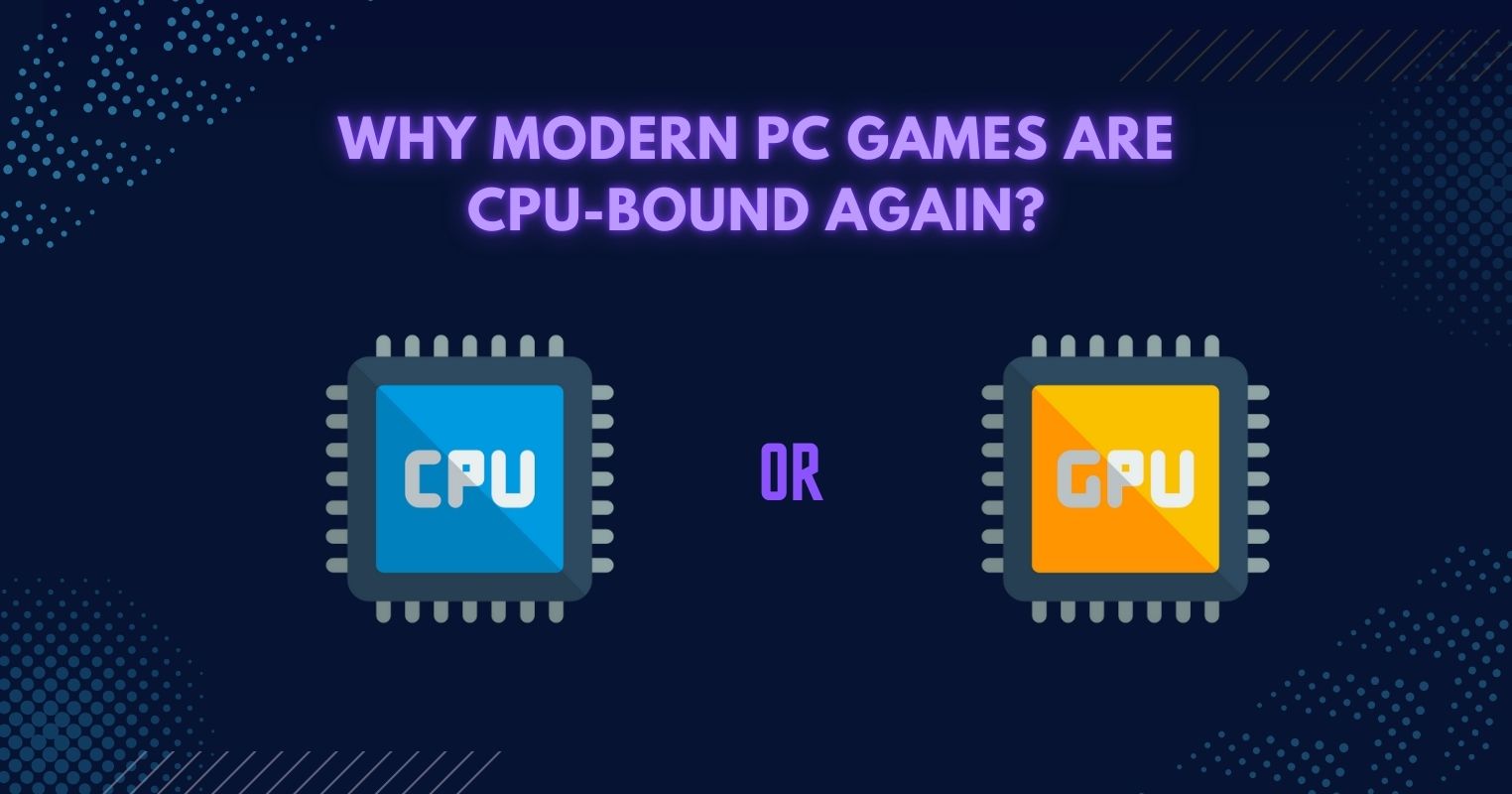- Qualcomm’s new Snapdragon chips for Windows offer competitive performance, slightly surpassing Apple’s M3 but falling short of the M3 Pro. They also have improved power efficiency.
- These ARM-based chips dramatically reduce power consumption compared to x86 processors, potentially enhancing battery life and enabling sleeker laptop designs.
- Transitioning Windows from x86 to ARM faces app compatibility challenges, but Microsoft’s emulation efforts aim to mitigate these issues. Gaming remains a concern, but the chips show promise for general PC tasks.
Microsoft has been experimenting with ARM-powered Windows machines, like the Surface Pro X, since late 2019. Despite initial setbacks with the earlier products, the emergence of Apple Silicon has prompted a renewed interest among Windows-based companies.
The Promises
This section will go over everything that the new Snapdragon chips for Windows are set to be in terms of performance, power consumption, and pricing.
Performance
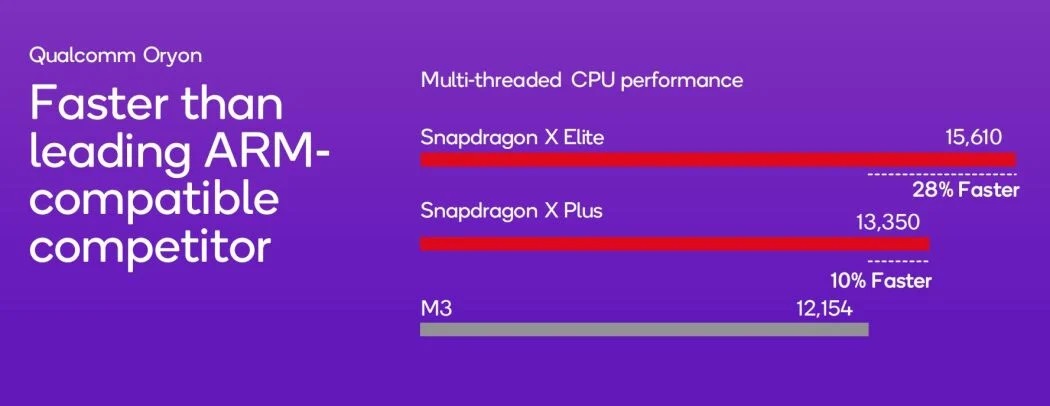
According to the advertising material, the Snapdragon X Elite was set to launch with performance 28% better than the Apple M3, while the lower-end Snapdragon X Plus was rated as being 10% faster than the M3 in synthetic benchmarks.
When compared to the M3 Pro, the X Elite comes up slightly short, though with slightly better power efficiency. This lands it above the Apple M3 but slightly under the Apple M3 Pro.
Power Consumption
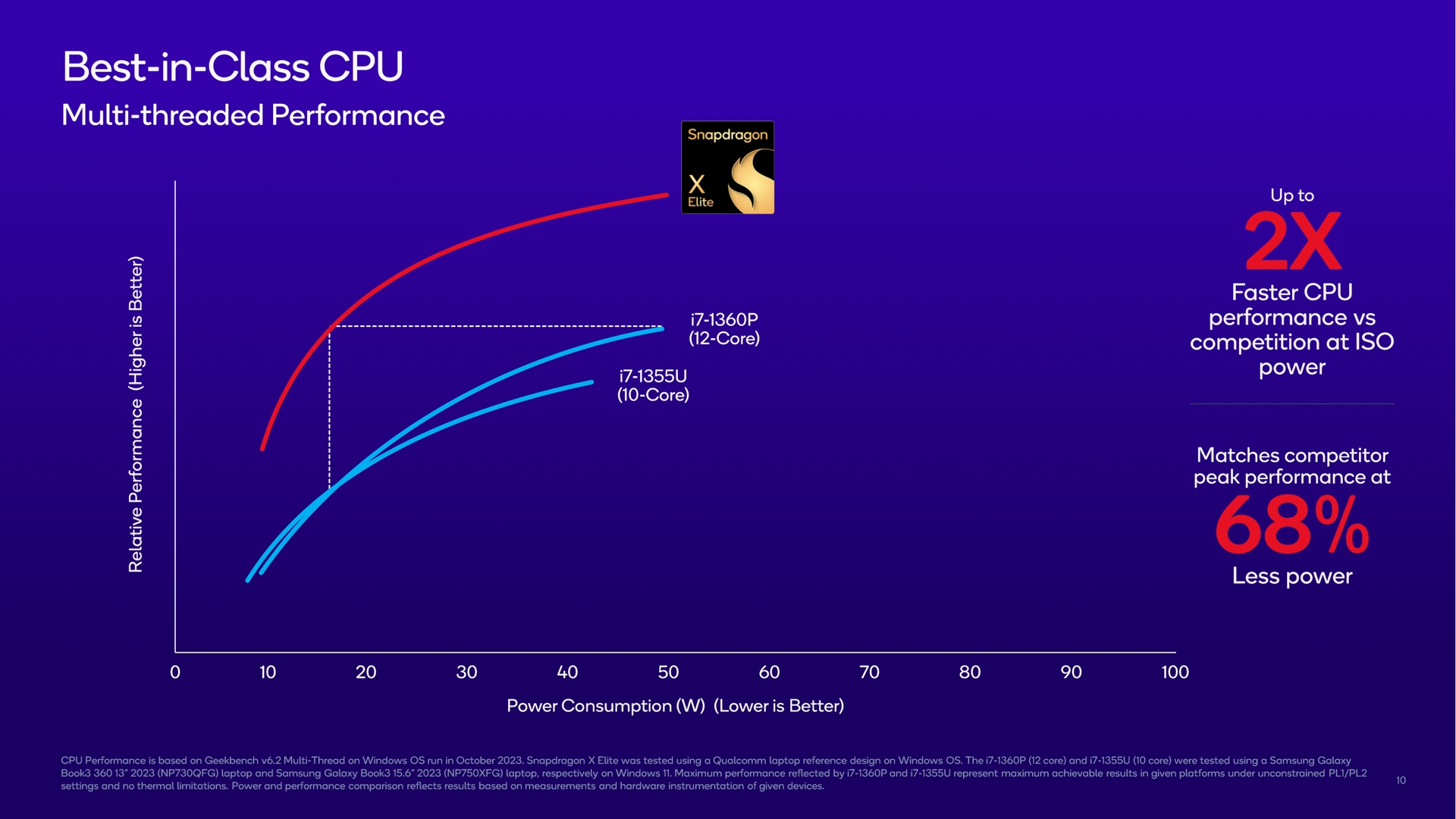
A few short years ago, the XPS 13 Plus made waves of its excellent performance in a compact body, which was only possible because of the Core i7-1360P. Now, the new Snapdragon X Elite chip claims to draw less than half the power to achieve the same results.
Pricing
Dave 2D made an excellent point in his video about the new chips; he said that they were cheap enough to allow the rest of the laptop to have more top-end components.
With performance almost the same as M3 Pro and a price tag that starts at $1299 instead of $1999, it is safe to say that these Windows ARM-based laptops will deliver a better price-to-performance ratio than their Apple counterparts.
Problems And Their Solutions
Switching from x86 to ARM on Windows comes with certain issues that haven’t been faced before. This part of the article will highlight these issues and what Qualcomm and Microsoft intend to do to rectify them.
ARM Native Apps
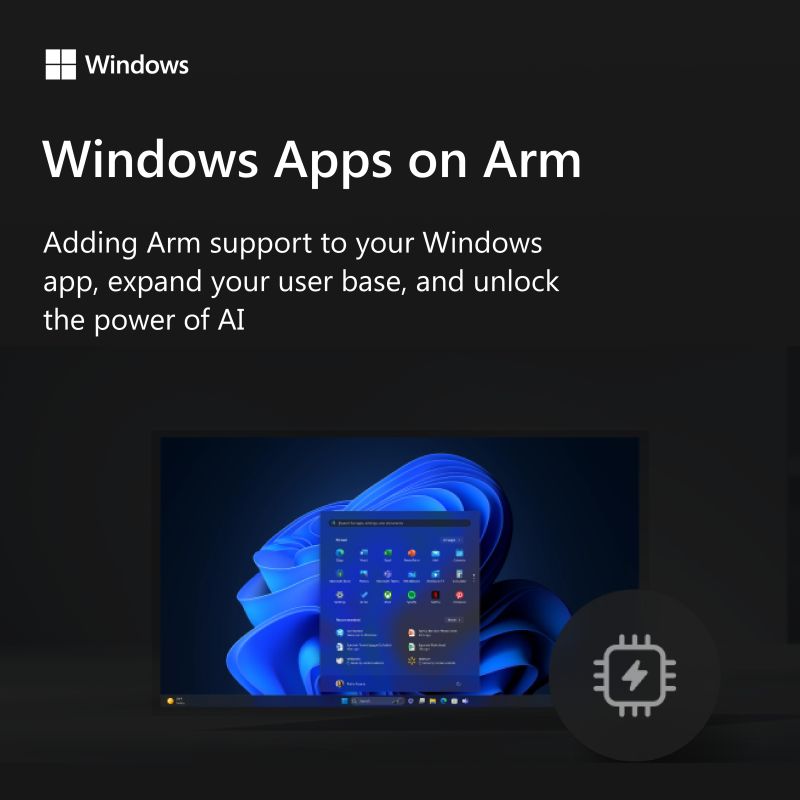
Translation layers are nothing new; Apple did it themselves with their Rosetta translation layer, and there were some performance penalties with that as well, as is the case with these new chips.
If the translation is as good as it seems in the limited testing of these products thus far, and if developers jump onto making ARM versions of their apps, the shift from x86 to ARM should not be too painful.
The Lack Of “Smart” Features
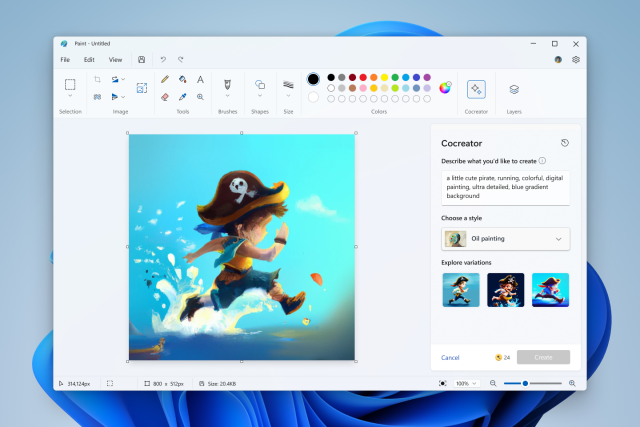
Thank you! Please share your positive feedback. 🔋
How could we improve this post? Please Help us. 😔
Moiz Banoori, with a decade of experience in gaming and tech journalism and a degree in journalism, is a notable figure in the industry. He has contributed to various esteemed platforms, showcasing his expertise in both reporting and opinion writing.


